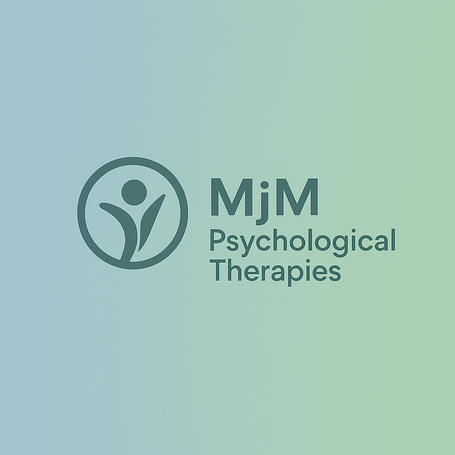
Understanding Anxiety:
Different Forms and How It Manifests
Anxiety is something that affects millions of people, but it doesn’t look the same for everyone. It’s more than just feeling nervous or stressed; it can deeply impact daily life, thoughts, and physical wellbeing. Understanding the different forms of anxiety can help you recognise it—whether in yourself or others
Generalised Anxiety Disorder (GAD)
This is a constant, excessive worry about various aspects of life, from work and health to family and finances. It can feel like a never-ending cycle of fear and unease, even when there's no obvious cause for concern. The worry often becomes disproportionate to the situation, and people with GAD can find it difficult to control their anxious thoughts.
Social Anxiety
Social anxiety is the fear of being judged or embarrassed in social situations. It can lead to avoiding social events or feeling incredibly uncomfortable when interacting with others. People with social anxiety might worry about being criticised, misunderstood, or doing something embarrassing, even if there’s no evidence to support these fears
Panic Disorder
Panic disorder is characterised by sudden and intense feelings of fear that come on without warning. These panic attacks can cause physical symptoms such as a racing heart, shortness of breath, dizziness, or chest pain. While these attacks are brief, they can be terrifying and leave people worried about having another attack in the future.
Phobias
A phobia is an intense, irrational fear of a specific object or situation, such as heights (acrophobia), spiders (arachnophobia), or flying (aviophobia). The fear can be so overwhelming that it leads people to go to great lengths to avoid their triggers. Although the fear is often disproportionate to the actual danger, the feelings it triggers are very real.





Post-Traumatic Stress Disorder (PTSD)
PTSD is an anxiety disorder that can develop after experiencing a traumatic event, such as an accident, assault, or combat. Individuals with PTSD may experience flashbacks, nightmares, and extreme anxiety when reminded of the trauma. The emotional toll of PTSD can affect one’s ability to live a normal life, making everyday situations seem unbearable.
Obsessive-Compulsive Disorder (OCD)
OCD involves unwanted, intrusive thoughts (obsessions) that trigger anxiety, leading to repetitive behaviours or rituals (compulsions) meant to relieve that anxiety. The compulsions may temporarily ease the worry, but they don’t address the root of the anxiety, often leading to a cycle of obsession and compulsion.
Anxiety may come in different forms, but it’s something that can be managed with the right approach. Whether through therapy, mindfulness, lifestyle changes, or medication, there is help available. If you or someone you know struggles with anxiety, remember that you don’t have to face it alone—support is always within reach.
